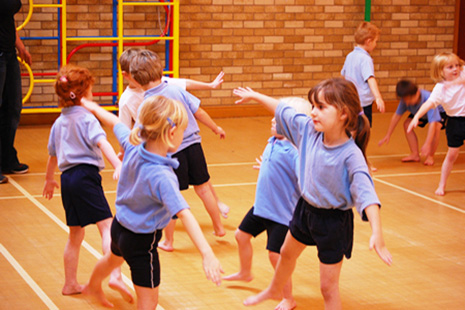1E: Why include movement in lessons?
Every teacher in every class in every school has pupils with physical and sensory issues which impact their ability to access the curriculum and learn to their potential.
Understanding these needs, being able to identify them and having some strategies will help teachers to:
- Support development
- Enable the development of skills
- Motivate pupils to learn
- Enable the ability to learn
As adults, we adjust our positions and naturally take breaks in which we rest and move. We have learnt our levels of need for movement, how to respond to sensation and how to adjust the environment to enable us to function. As an adult, we frequently self regulate without thinking about it.
All children can consolidate learning better through movement and sensory experiences than just visual and auditory ways of giving information.
This is particularly the case for kinaesthetic learners and those with additional needs such as those with autism and sensory processing disorders.
Movement provides essential sensory feedback which can calm or alert sensory systems and therefore supports a child to be prepared for different activities better.
This may seem like additional work but if it becomes part of the school day, it doesn’t have to be.
Activities can be completed as a whole class. Movement break, fine motor skills and attention and learning activities can become part of subject delivery. In fact, they often become a highlight of the day for staff and learners alike.

Dig Deeper
The presentation "Why do we need to incorporate movement into our lessons" provides more detailed information about the importance of integrating movement into our lessons and general classroom practice.

Key Points
- There are many advantages to incorporating movement and sensory activities into day to day classroom practice
- Doing this can make big improvements in behaviour, attention and ability to learn. Ultimately this can save time and energy rather than causing extra work

Thinking Points
- Most of us meet our own sensory needs without thinking about it by stretching, standing, taking a break etc. Some young people have not learned how to do this so may need adult help to understand how to do this for themselves

Supportive Resources
- www.multisensory.lgfl.net - A range of structured support for Multisensory Learning



